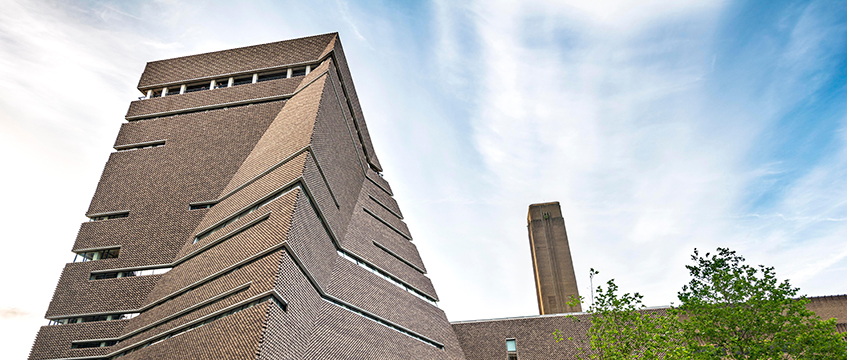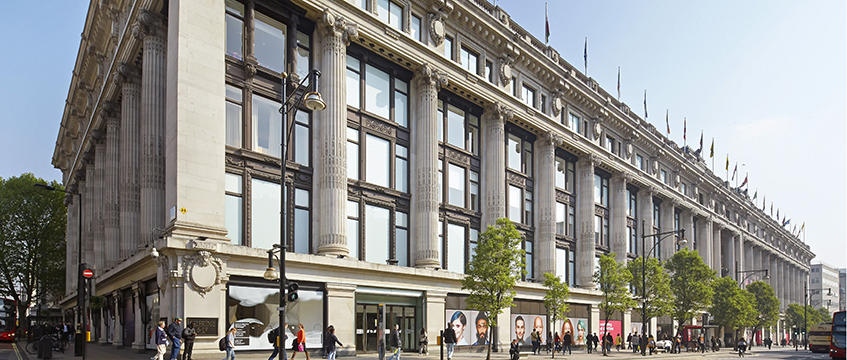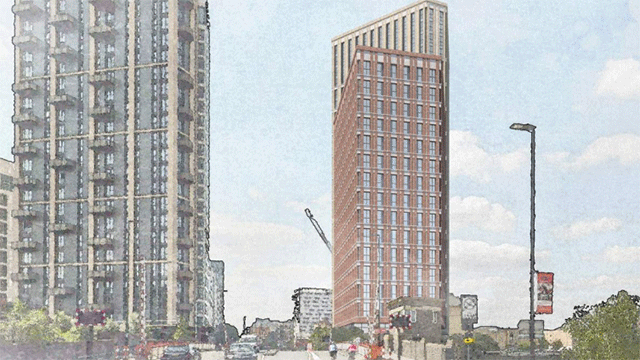Residents of a luxury development near the Tate Modern have launched their appeal against a High Court ruling rejecting their breach of privacy and nuisance claim against the art gallery, over a viewing platform they say has turned their homes into a “public exhibit”.
Last year, Mr Justice Mann rejected their claim, ruling that, by living in flats with floor-to-ceiling windows, residents of multi-million-pound flats at Neo Bankside on Holland Street, SE1, had created a “self-induced incentive to gaze”.
Today, five of the residents – Giles Duncan Fearn, Gerald Kraftman, Ian McFadyen, Helen McFadyen and Lindsay Urquhart – took their case to the Court of Appeal, where they hope to secure an injunction restricting use of the viewing platform that offers a clear view of their homes.
They say that the High Court judge applied the “wrong legal test” by asking whether the museum was “making an unreasonable use of its land”.
LISTEN: An expert view on the Tate Modern ruling
Opening the appeal, Tom Weekes QC said that the judge had “laid to rest” a legal controversy dating back many decades in making a landmark ruling that breach of privacy could lead to an actionable nuisance claim in an appropriate case.
And he said that the judge had made factual findings to the effect that the dedicated viewing of the flats by visitors to the viewing platform is “seriously interfering” with their enjoyment of their homes.
He said that, having done so, the judge “then simply needed to apply one of the most simple and basic principles of the law of nuisance” and ask whether the museum was doing something necessary with its land.
He told the three judges hearing the appeal: “Every property owner is entitled to enjoy his property free from substantial interference caused by the activities of his neighbour, save in respect of activities necessary for the ordinary use of their land.
“The Tate’s viewing platform does substantially interfere with the appellants’ use of their flats.”
In his judgment last year, Mr Justice Mann said that the tenants and the developers of Neo Bankside had “created or submitted themselves to a sensitivity to privacy” by purchasing apartments with floor-to-ceiling windows. He said: “It would be wrong to allow this self-induced incentive to gaze, and to infringe privacy, and self-induced exposure to the outside world, to create a liability in nuisance.”
The viewing platform, part of an extension to Tate Modern named the Blavatnik Building, has been open to the public since June 2016. The walkway on the 10th floor offers panoramic views of London – but also allows people to stare right into the adjacent Neo Bankside flats.
The residents say that, from a significant part of the viewing platform, there is “little to view apart from Neo Bankside”, which means that visitors inevitably have their eyes drawn to their luxury homes.
According to their written particulars of claim, “when the viewing platform is open to the public, a near constant stream of visitors subject the claimants’ flats (and other flats in Neo Bankside) to prolonged, and a high degree of, visual scrutiny”.
This, they argued, includes use of binoculars or phones or cameras with zoom lenses, with resulting photographs or films posted on social media sites.
They claim that they and their families are subjected to near-constant “surveillance” when they are in their flats, turning them into “something akin to a public exhibit”.
The appeal is scheduled to end tomorrow, after which the court will reserve judgment in order to give a ruling in writing at a later date.
To send feedback, e-mail jess.harrold@egi.co.uk or tweet @estatesgazette











